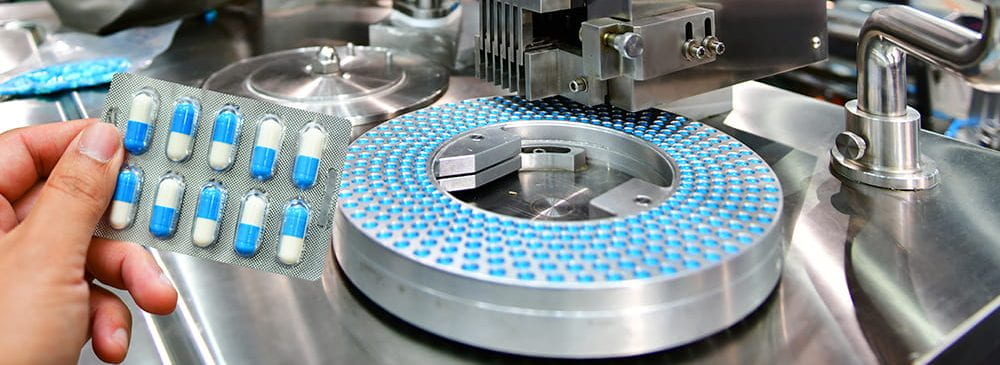FOCUS
The Center for Pharmaceutical Development (CPD), established in February 2010, provides a forum for academic and industrial scientists to develop novel approaches for the improvement of pharmaceutical API manufacturing, drug product formulation, and analytical methods. The distinctive strengths of each of the University partners will provide industrial participants with unique opportunities to advance topics pertaining to these three key areas. The CPD facilitates technologies including but not limited to the following: the creation of robust biological and chemical catalysts with better selectivity that will allow for more streamlined processes, the development of improved methods for stabilizing pharmaceuticals to protect the nation’s drug supply, and the design of new analytical techniques for the nondestructive, accurate, and rapid evaluation of pharmaceutical products.
SIGNIFICANCE
The pharmaceutical industry currently faces simultaneous challenges in form of both increased cost of drug development and increased price pressure in most markets. The CPD seeks to address the needs of our industrial partners through the development of selective and robust manufacturing processes, formulations with enhanced performance and stability, and better analytical methods for characterizing products.
Mission
To create more selective and robust biological and chemical catalysts, to develop methods for stabilizing drugs and vaccines, to design of new techniques for nondestructive evaluation of pharmaceutical products.
Our Beginning
The Center for Pharmaceutical Development (CPD) was established in February 2010 with funding from NSF and industry.
The Broader Impact of CPD
Collaborations with the pharmaceutical industry will add value by promoting the rapid dissemination and application of technologies and information.
It will promote the rapid development of safe and efficacious drugs and drug formulations by increasing the number of drugs that can be analyzed and identifying potential problems with proposed drug formulations, with the potential of improving or even saving human lives.
It will promote graduate education and the dissemination of information by training graduate students and postdoctoral associates in performing and presenting their research.
Extensive emphasis is placed on recruiting underrepresented groups in graduate education, including presentations and visits to colleges and universities that serve underrepresented groups, especially where the faculty are alumni.

